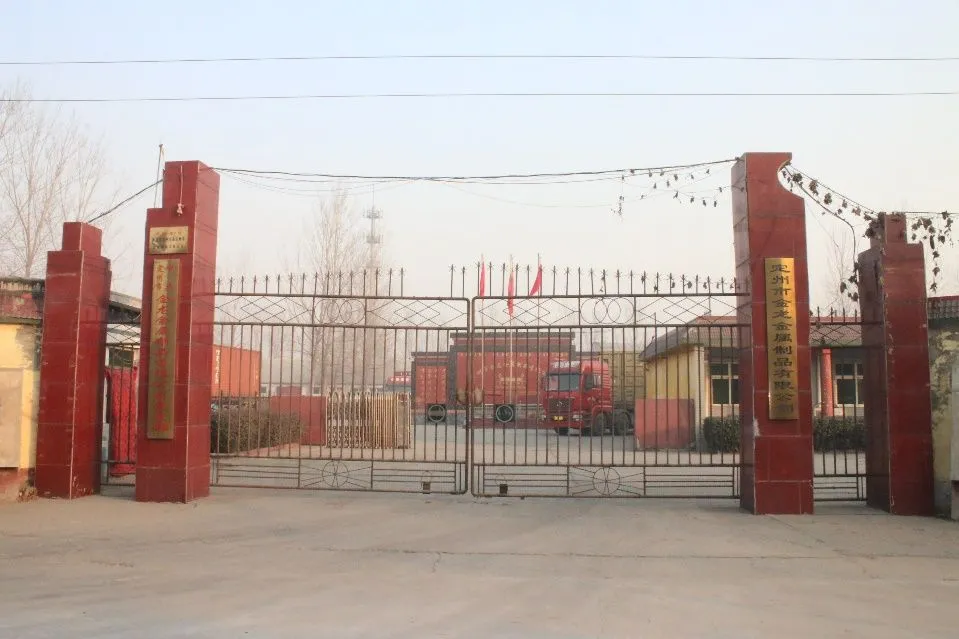types of welding electrodes pdf
ਜਨਃ . 14, 2025 10:17
Understanding the diverse types of welding electrodes is crucial for ensuring high-quality performance and longevity of welded materials. Welders must choose the right electrode to align with specific applications across various industries, from construction and automotive to aerospace and manufacturing. In this comprehensive guide, we delve into four primary types of welding electrodes, focusing on their composition, applications, advantages, and technical characteristics to provide a better understanding for industry professionals.
Also known as coated electrodes, covered electrodes feature a flux coating that provides shielding from contamination and improves arc stability. The composition of the coating varies, influencing factors like slag formation, deposition rate, and current carrying capacity. Rutile, basic, and cellulose are common types of coatings, each preferred for different welding conditions. For instance, rutile coatings promote easy handling and excellent surface finish, making them ideal for general structural work. Understanding the specific requirements of a welding job is essential to selecting the appropriate covered electrode. 4. Bare Electrodes Used mostly in submerged arc welding (SAW), bare electrodes lack a coating and rely on a separate flux to protect the weld pool. These electrodes are characterized by high deposition rates and are typically used in automatic or semi-automatic systems for welding thick plates and longitudinal seams in pipelines. The absence of a coating allows for cleaner welds and minimal spatter, crucial for large-scale industrial applications. In selecting the appropriate welding electrode, factors such as material type, position, current type, and strength requirements should be given priority. Additionally, operational considerations such as ease of use, welding position, and environmental conditions must be factored into the decision-making process. Consulting with welding experts and leveraging data sheets can help ensure the choice of electrode aligns with the desired outcomes of weld quality and durability. Staying updated with the latest developments and trends in electrode technology can further enhance welding applications. Advanced coatings and composites are continually being developed to meet evolving industry needs for efficiency and performance. Ensuring consistent quality control and adherence to standardized testing protocols enhances trustworthiness and reliability in welded structures. By selecting the appropriate type and understanding the underlying advantages of each welding electrode, professionals can enhance the quality and integrity of their welds, contributing positively to the project's overall success and longevity.


Also known as coated electrodes, covered electrodes feature a flux coating that provides shielding from contamination and improves arc stability. The composition of the coating varies, influencing factors like slag formation, deposition rate, and current carrying capacity. Rutile, basic, and cellulose are common types of coatings, each preferred for different welding conditions. For instance, rutile coatings promote easy handling and excellent surface finish, making them ideal for general structural work. Understanding the specific requirements of a welding job is essential to selecting the appropriate covered electrode. 4. Bare Electrodes Used mostly in submerged arc welding (SAW), bare electrodes lack a coating and rely on a separate flux to protect the weld pool. These electrodes are characterized by high deposition rates and are typically used in automatic or semi-automatic systems for welding thick plates and longitudinal seams in pipelines. The absence of a coating allows for cleaner welds and minimal spatter, crucial for large-scale industrial applications. In selecting the appropriate welding electrode, factors such as material type, position, current type, and strength requirements should be given priority. Additionally, operational considerations such as ease of use, welding position, and environmental conditions must be factored into the decision-making process. Consulting with welding experts and leveraging data sheets can help ensure the choice of electrode aligns with the desired outcomes of weld quality and durability. Staying updated with the latest developments and trends in electrode technology can further enhance welding applications. Advanced coatings and composites are continually being developed to meet evolving industry needs for efficiency and performance. Ensuring consistent quality control and adherence to standardized testing protocols enhances trustworthiness and reliability in welded structures. By selecting the appropriate type and understanding the underlying advantages of each welding electrode, professionals can enhance the quality and integrity of their welds, contributing positively to the project's overall success and longevity.
Related Products
Related Video
Related News
Copyright © 2025 Dingzhou Jinlong Metal Production Co., Ltd. All Rights Reserved. Sitemap | Privacy Policy




























